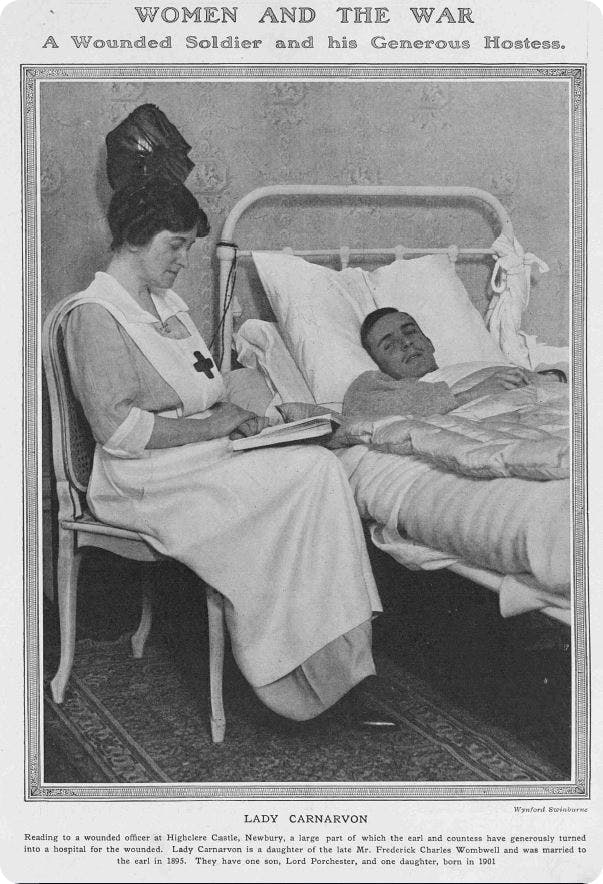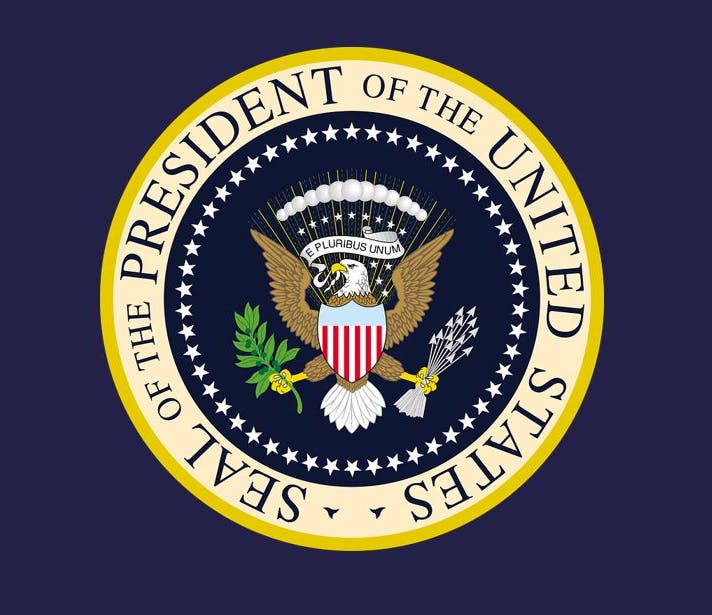Peer into the dramatic past of the REAL Downton Abbey
3-4 minute read
By Niall Cullen | April 26, 2022

Highclere Castle, where Downton Abbey is set, has a history just as eventful as the popular period drama.
Have you ever wondered if Downton Abbey is a real place or just an elaborate backdrop for the TV show and films of the same name? Wonder no more. Downton Abbey is set at Highclere Castle in Hampshire, a magnificent mansion nestled in the English countryside.
We’ve delved into our records and newspaper archives to chart the rather colourful history of the real Downton Abbey and its residents. You won’t believe some of the gems we’ve unearthed.
Highclere Castle history
The first records of the 5,000-acre estate that Highclere Castle is built on date from 749 and the property was even recorded in the Domesday Book of 1086. The Bishops of Winchester took charge of the land in the 9th century and built the stately home and gardens. In the 17th century, Sir Robert Sawyer redeveloped the site into Highclere Place House. It has been in the family ever since as the current residents are Sawyer’s direct descendants.
1700s
One of the earliest mentions of Highclere in our newspaper archive dates back to 1782, when vandals destroyed trees in the estate.

Hampshire Chronicle, 6 May 1782
The Lord Porchester, mentioned in the above snippet, was Henry Herbert, 1st Earl of Carnarvon. He inherited Highclere from his uncle Robert Sawyer in 1769.
1800s
The iconic exterior facade of the mansion, so recognisable to Downton Abbey fans, was completed by renowned architect Sir Charles Barry in the 1840s. This transformed the property from Highclere Place House to Highclere Castle.
You can trace the residents of the castle throughout the Victorian period using census records found on Findmypast. The 1861 Census lists the Earl of Carnarvon, his mother, two siblings, two visitors and no less than 17 servants in residence.

Highclere Castle in the 1861 census
The downstairs contingent included a housekeeper, cook, two lady's maids, five housemaids, two kitchenmaids, a butler, two footmen and three grooms. Sound familiar?!
1900s
During the First World War, Highclere Castle was converted into a military hospital. Lady of the manor at the time, Almina Herbert ran the hospital which provided care for soldiers who were injured on the front line.

Almina’s husband, the 5th Earl of Carnarvon is famous for his discovery of Tutankhamen’s tomb along with Howard Carter in 1922. In fact, the castle was laden with Egyptian artefacts during his tenure.
In 1921, Carnarvon was becoming incredibly frustrated at Carter's lack of progress in Egypt. We uncovered key clues to show this, finding the Earl, his family and Howard Carter at Highclere Castle in the 1921 Census of England and Wales.

The 1921 Census record for Highclere Castle. View the full record here.
Carter was listed by Carnarvon as an 'artist/painter', perhaps an indication that Carnarvon was close to withdrawing his funding.
By the time the Second World War broke out, we find only live-in staff at the castle on the night the 1939 Register was taken. Could this be because Henry Herbert, 6th Earl of Carnarvon, was honeymooning with his new wife, Tilly Losch? They had married just a few weeks earlier.

Highclere Castle in the 1939 Register
Highclere Castle was a turbulent place to be during wartime. Not only had it opened its doors to child evacuees, there were also several plane crashes on the site.
The names of the evacuated children who moved into Highclere Castle during the war are still etched into its roof today.
Who lives at Highclere Castle now?
Highclere Castle is still the family seat of the Earl of Carnarvon today. The current holder of the prestigious title is George Herbert, the eighth man bestowed with it in its current form. While the Earl and his family have their own private living quarters, parts of the castle are open to the public and have been since the 1950s.

In recent years, Highclere has not only become synonymous with Downton Abbey, it has also been a venue-of-choice for high profile concerts and celebrity weddings.
Upstairs or downstairs?
Do you have connections to a grand old English country home? Perhaps one of your ancestors worked for an Earl or Lord? Maybe there’s blue blood in your veins and you’ve got aristocracy in your family tree? Pinpoint your relatives in our extensive censuses and electoral registers to find out, or trace another house history through time to see what stories you can unearth.
Related articles recommended for you

Finding Eli: A granddaughter’s story
Discoveries

The remarkable true story of the man who saved 669 children from the Nazis
History Hub

Family trees of The Crown season 6 actors reveal secrets and surprises
Discoveries

